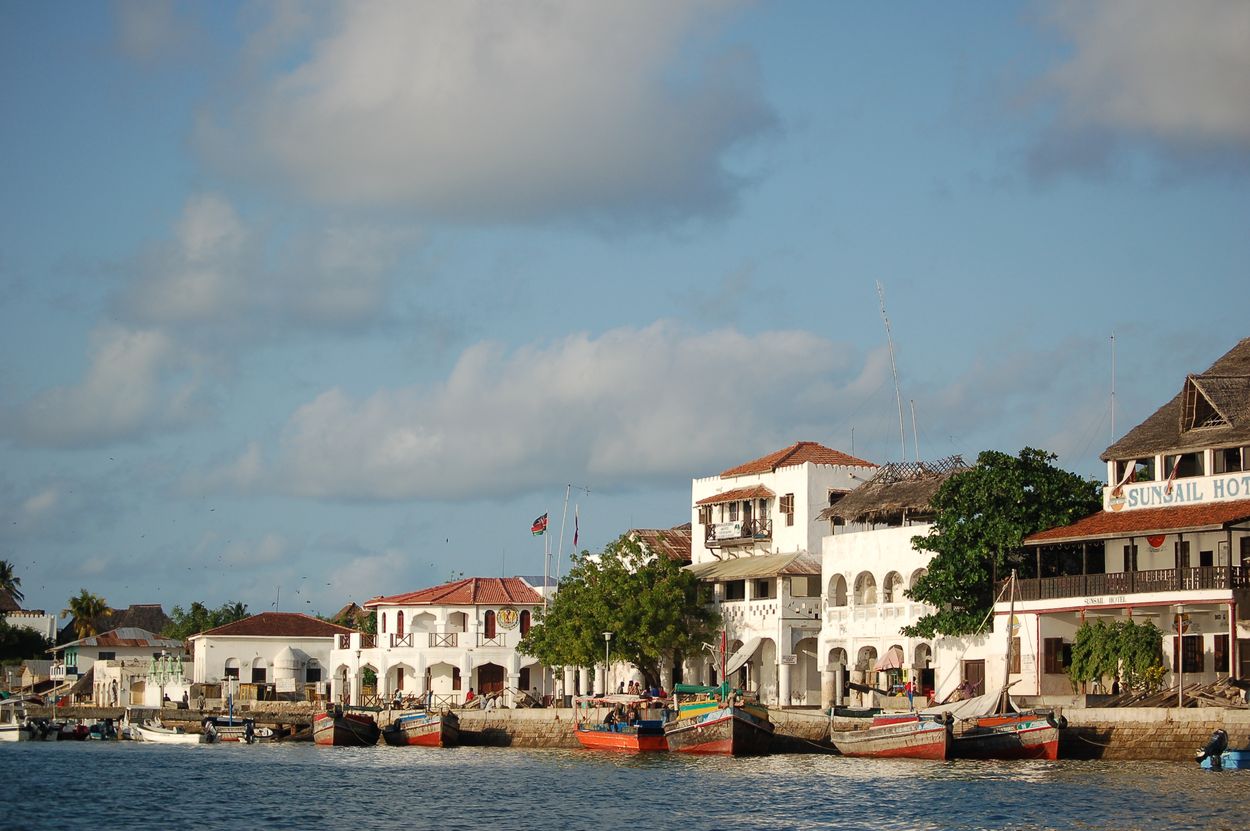
Lamu is a hidden gem on the Kenyan coast, brimming with history, culture, and natural beauty. Ever wondered what makes this island so special? Lamu boasts a rich Swahili heritage, evident in its architecture, festivals, and daily life. Imagine walking through narrow streets where donkeys are the main mode of transport, and ancient buildings whisper tales of centuries past. This UNESCO World Heritage site offers more than just stunning beaches. From the annual Lamu Cultural Festival to the intricacies of traditional dhow building, there's always something fascinating to learn. Ready to dive into 34 intriguing facts about Lamu? Let's get started!
Lamu's Rich History
Lamu, an island off the coast of Kenya, boasts a rich history that dates back centuries. Its unique blend of cultures and traditions makes it a fascinating place to explore.
- Lamu is one of the oldest and best-preserved Swahili settlements in East Africa.
- The island was founded in the 14th century, making it over 700 years old.
- Lamu Town is a UNESCO World Heritage Site, recognized for its cultural significance.
- The island was an important trading hub for Arabs, Persians, Indians, and Europeans.
- Lamu has a long history of dhow building, a traditional wooden sailing vessel.
Cultural Melting Pot
Lamu's culture is a vibrant mix of African, Arab, and European influences. This blend is evident in its architecture, cuisine, and daily life.
- The island hosts the annual Lamu Cultural Festival, celebrating Swahili culture.
- Traditional Swahili architecture, with its intricate wooden doors and coral stone buildings, is a hallmark of Lamu.
- The island is known for its delicious Swahili cuisine, featuring dishes like biryani and samosas.
- Lamu is home to several mosques, reflecting its predominantly Muslim population.
- The island's residents speak Kiswahili, a language that blends Arabic, Bantu, and other influences.
Unique Transportation
Lamu offers a unique experience when it comes to getting around. The island's narrow streets and traditional modes of transport set it apart from other destinations.
- Lamu has no cars; donkeys are the primary mode of transport.
- The island's narrow streets are designed for foot traffic and donkeys, not vehicles.
- Dhow boats are commonly used for travel between islands and fishing.
- The Lamu Donkey Sanctuary cares for the island's working donkeys.
- Visitors can explore the island on foot, by donkey, or by dhow.
Festivals and Celebrations
Lamu is known for its vibrant festivals, which attract visitors from around the world. These events showcase the island's rich cultural heritage.
- The Lamu Cultural Festival features traditional music, dance, and crafts.
- Maulidi Festival celebrates the birth of the Prophet Muhammad with processions and poetry.
- The Lamu Yoga Festival attracts yoga enthusiasts for a week of wellness activities.
- The island hosts the annual Lamu Food Festival, highlighting Swahili cuisine.
- The Shela Hat Contest is a quirky event where participants create elaborate hats from local materials.
Natural Beauty
Lamu's natural beauty is another reason why it captivates visitors. From pristine beaches to lush mangroves, the island offers stunning landscapes.
- Lamu has some of the most beautiful beaches in Kenya, with white sand and clear waters.
- The island is surrounded by coral reefs, making it a great spot for snorkeling and diving.
- Lamu's mangrove forests are home to diverse wildlife, including birds and fish.
- The island's tropical climate ensures warm weather year-round.
- Sunset dhow cruises offer breathtaking views of the Indian Ocean.
Historical Landmarks
Lamu is dotted with historical landmarks that tell the story of its past. These sites offer a glimpse into the island's rich heritage.
- Lamu Fort, built in the early 19th century, is a prominent historical site.
- The Riyadha Mosque, founded in 1892, is an important religious and cultural center.
- The Lamu Museum houses artifacts and exhibits on the island's history.
- The German Post Office Museum showcases Lamu's colonial history.
- The Takwa Ruins on Manda Island are remnants of a 16th-century Swahili settlement.
Wildlife and Conservation
Lamu is not just about history and culture; it also plays a role in wildlife conservation. Efforts are being made to protect the island's unique flora and fauna.
- The island is a nesting site for endangered sea turtles.
- The Lamu Marine Conservation Trust works to protect marine life and habitats.
- The island's mangrove forests are crucial for coastal protection and biodiversity.
- Lamu's waters are home to dolphins, which can often be spotted on boat trips.
The Magic of Lamu
Lamu is a treasure trove of history, culture, and natural beauty. From its ancient architecture to the vibrant festivals, this island offers a unique blend of tradition and modernity. The narrow streets, donkey rides, and dhows create an atmosphere that feels like stepping back in time. Lamu Fort and Lamu Museum provide a glimpse into the island's rich past, while the annual Lamu Cultural Festival showcases its living traditions.
The pristine beaches and coral reefs are perfect for relaxation and adventure. Whether you're exploring the mangrove forests or enjoying the local Swahili cuisine, Lamu has something for everyone. Its friendly locals and laid-back vibe make it a must-visit destination. So, pack your bags and experience the magic of Lamu for yourself. You'll leave with unforgettable memories and a newfound appreciation for this hidden gem.
Was this page helpful?
Our commitment to delivering trustworthy and engaging content is at the heart of what we do. Each fact on our site is contributed by real users like you, bringing a wealth of diverse insights and information. To ensure the highest standards of accuracy and reliability, our dedicated editors meticulously review each submission. This process guarantees that the facts we share are not only fascinating but also credible. Trust in our commitment to quality and authenticity as you explore and learn with us.
